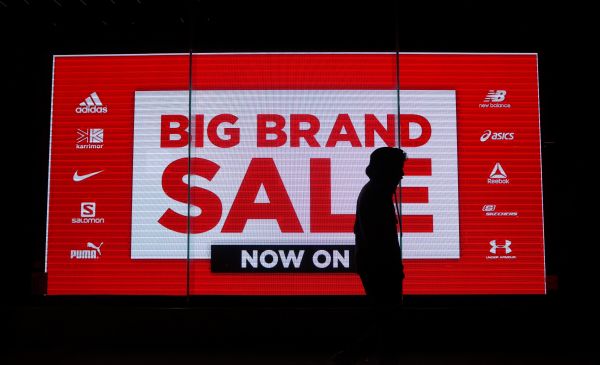Branding Strategy Insider helps marketing oriented leaders and professionals like you build strong brands. BSI readers know, we regularly answer questions from marketers everywhere. Today we hear from Asma, a Senior Marketing Executive in Bangalore, India who has this question about rebranding.
In India we recently witnessed a large mobile service provider, Airtel rebrand. The company acquired another company from Africa and now has the 5th largest subscriber base — around 200 million.
The Indians are not at all happy with this rebranding exercise because of the strong attachment to the old logo and the brands’ jingle. Although Airtel marketers claim that the new logo is urbane and youthful, people are finding it difficult to accept. Is it a wise decision to change a strongly encoded brand identity like Airtel did?
Asma, thank you for your question. The very simple answer to your question is, “No, it is not wise to change a well-known identity system unless there is a very good reason to do so.” Identity systems are designed to encode and decode brand information to and from people’s brains. If you change the system, the associations may be lost and will take a long time to rebuild. I assume Airtel’s management felt the need to change the brand’s identity because they acquired a brand from another continent. Perhaps their research showed that the original brand identity would not work for customers of the acquired brand or perhaps altering the identity was part of the acquisition agreement.
You mention another point. People become attached to the identities of well-known brands. When they are comfortable with a given identity, they don’t want it changed. Changing brand identities is risky business, not only because it has the potential to reduce brand recognition, recall and key associations, but also because it could cause customer dissatisfaction. While Gap changed its logo back to the original one after much consumer dissatisfaction with the new logo, many other brands such as Kodak, Starbucks and Xerox changed their identities to some consumer push-back at first but in the end, people adapted to the new identities.
We think you will find these related posts meaningful as well:
Successful Brand Identity Change Begins Within
Tropicana’s Costly Listening Lesson
Have a question related to brand or growth strategy? Just Ask The Blake Project
The Blake Project Can Help: The Brand Positioning Workshop
Branding Strategy Insider is a service of The Blake Project: A strategic brand consultancy specializing in Brand Research, Brand Strategy, Brand Growth and Brand Education




